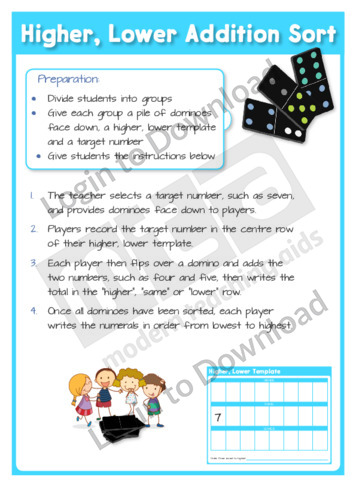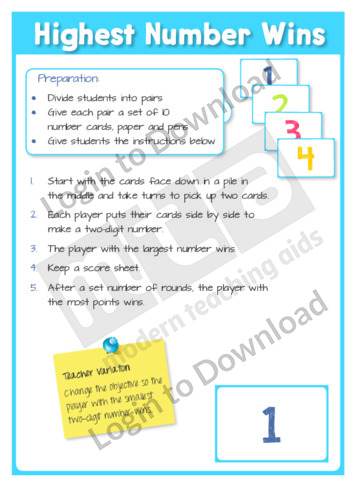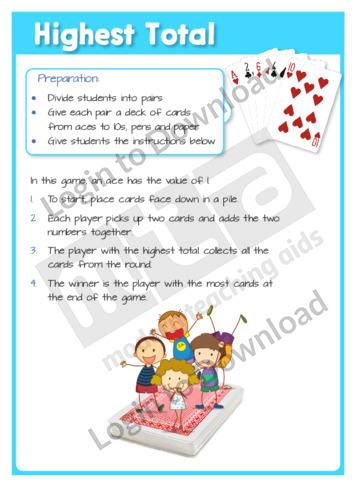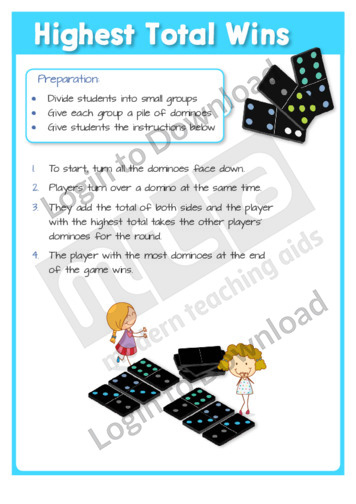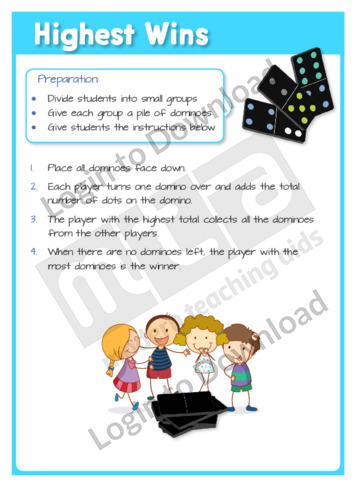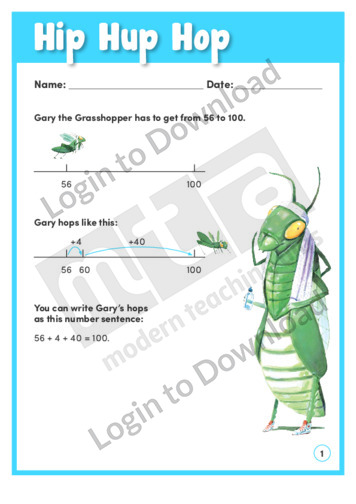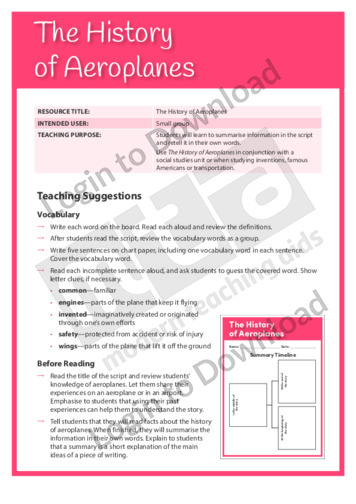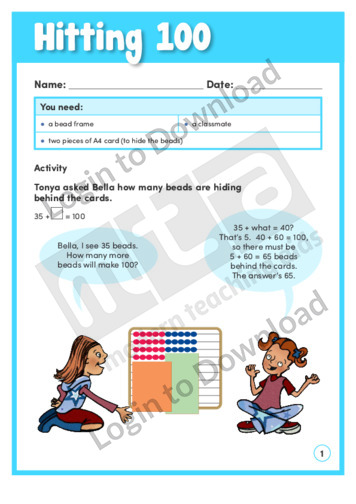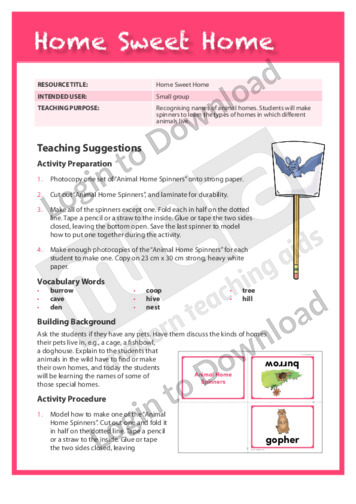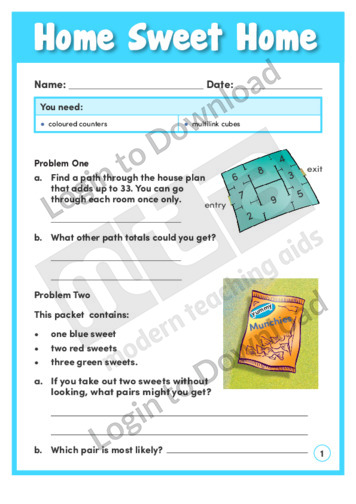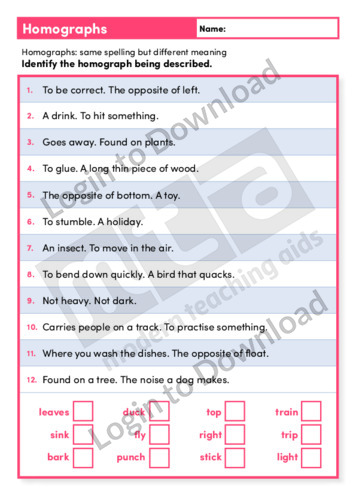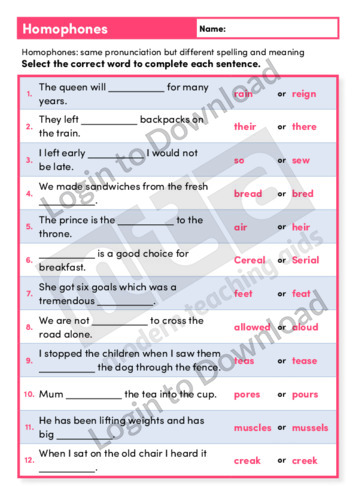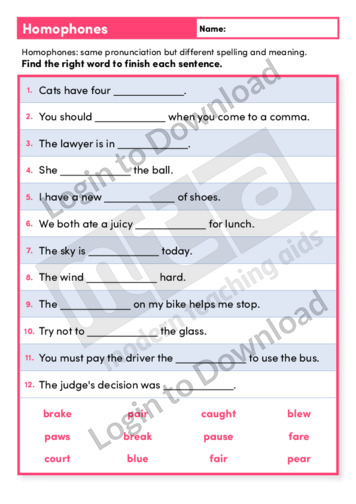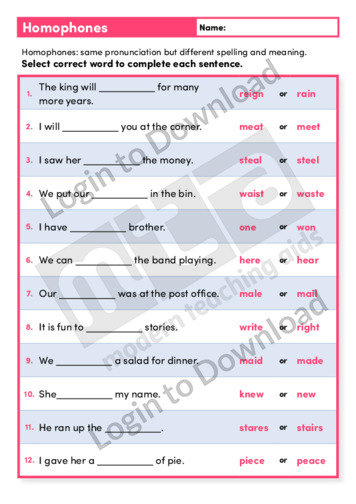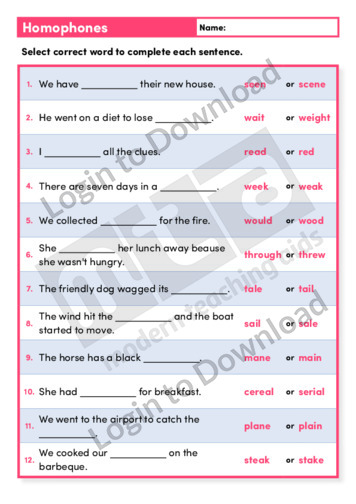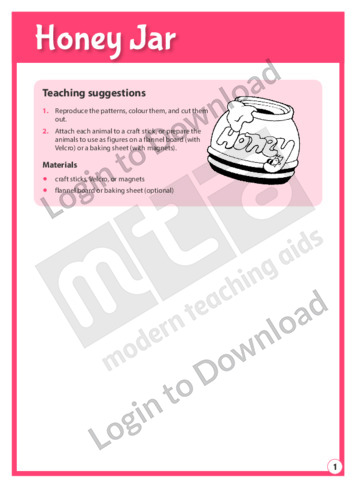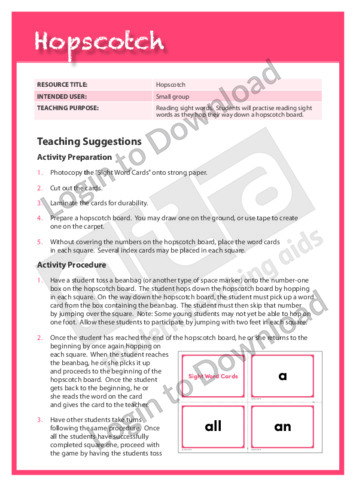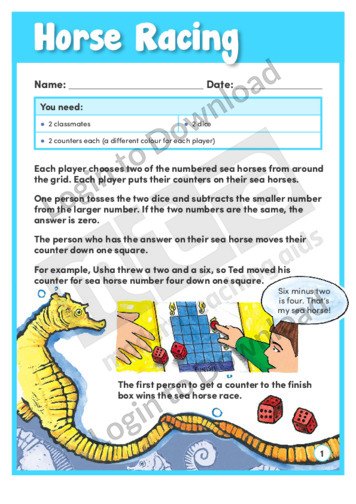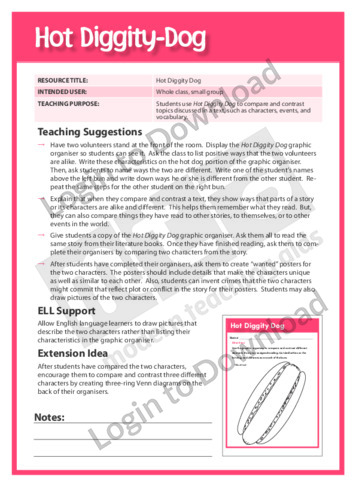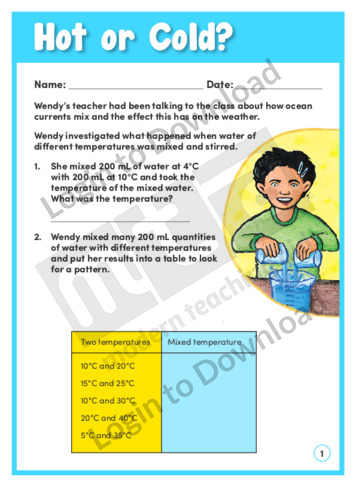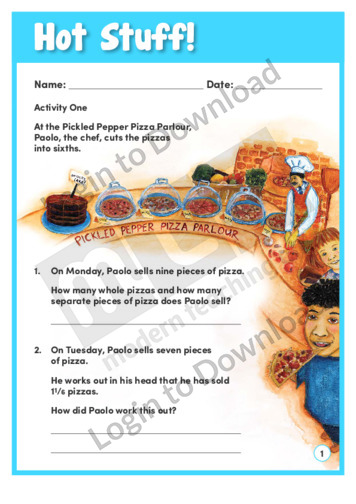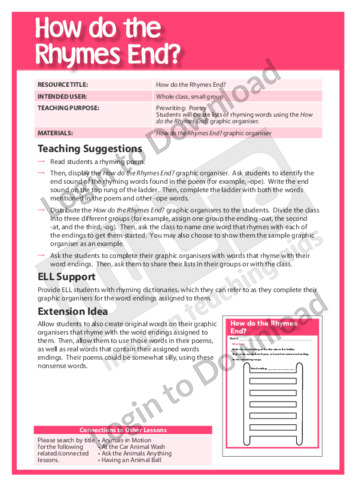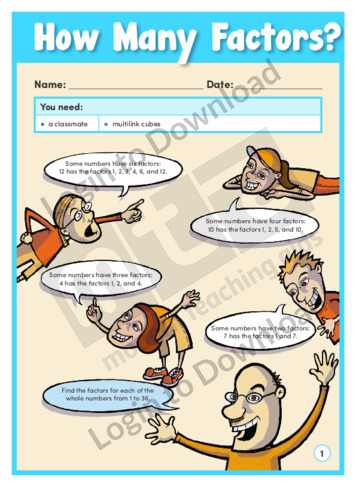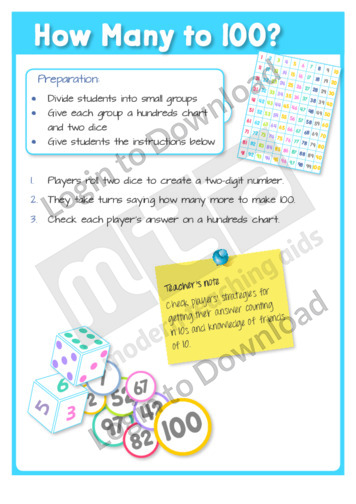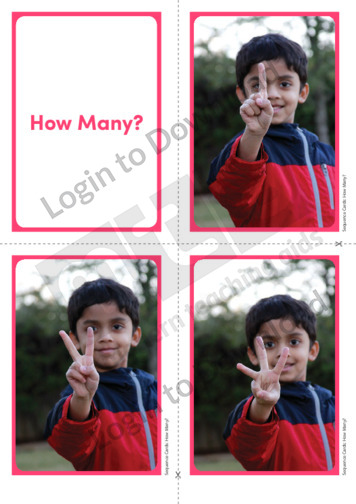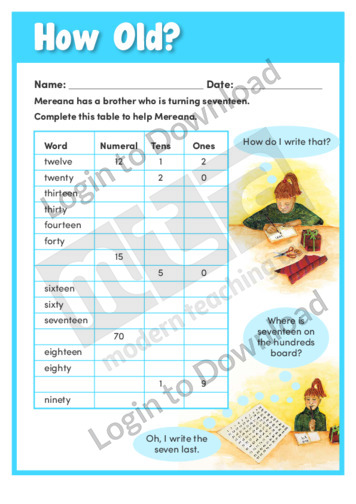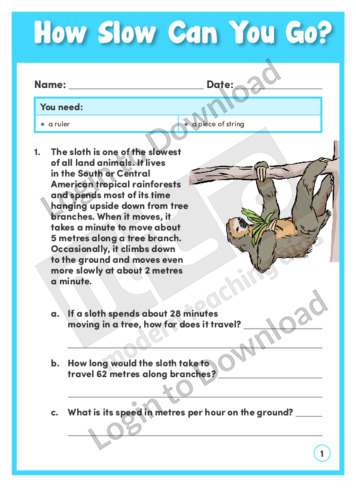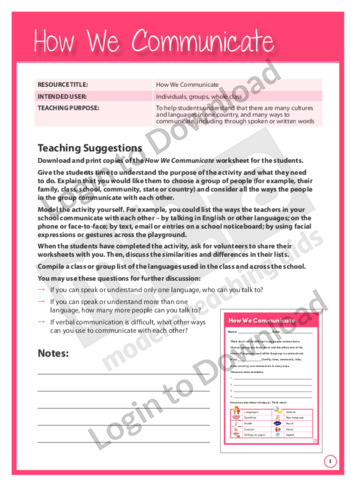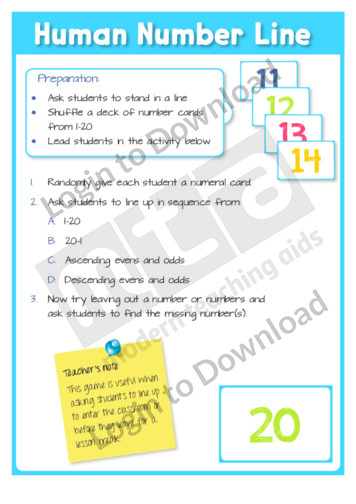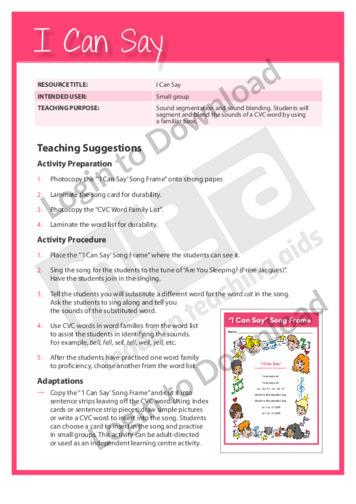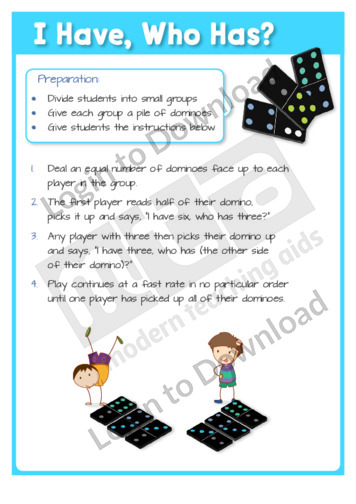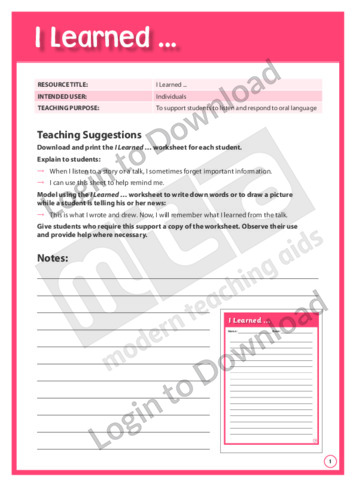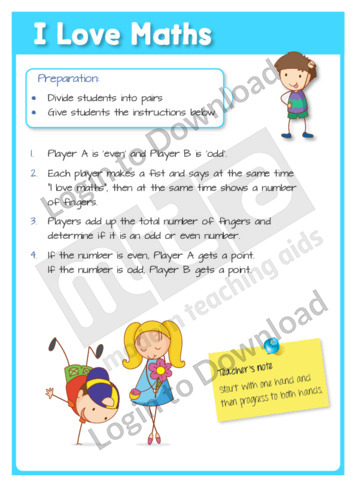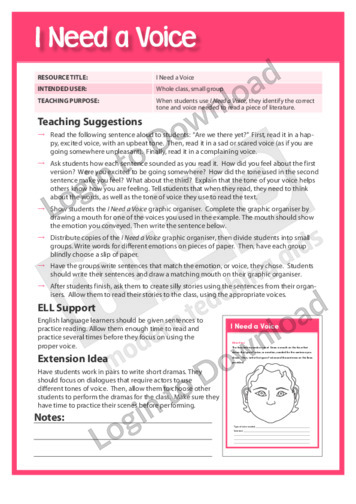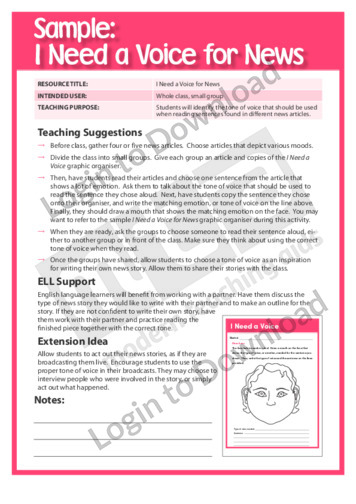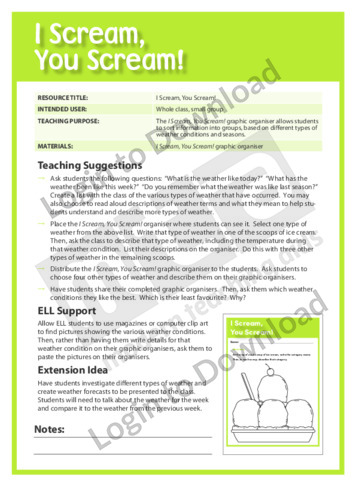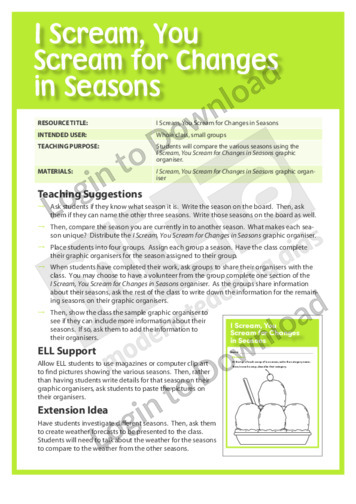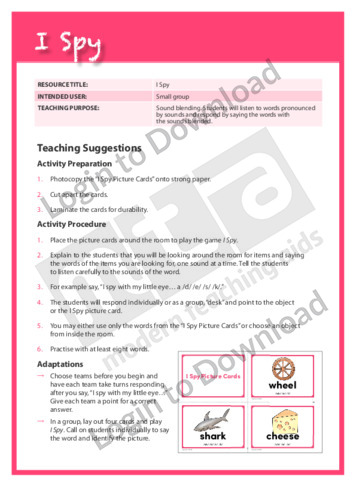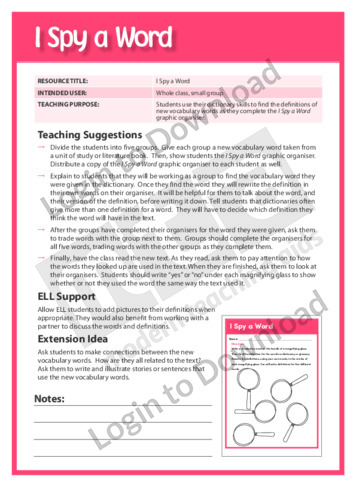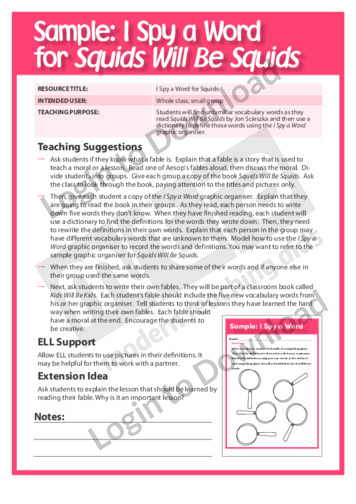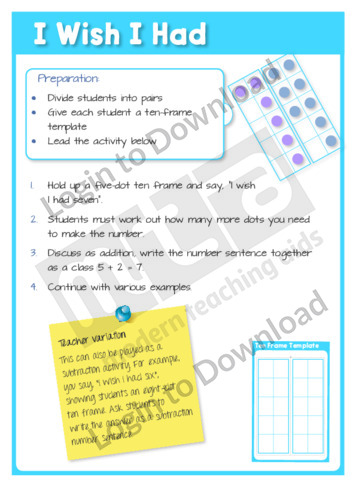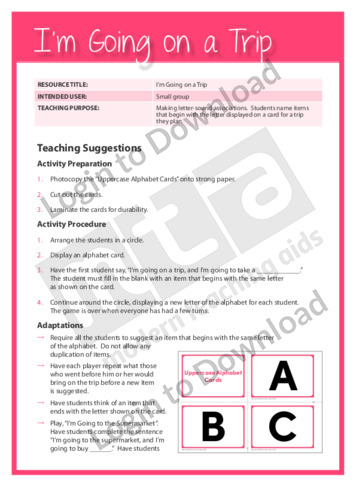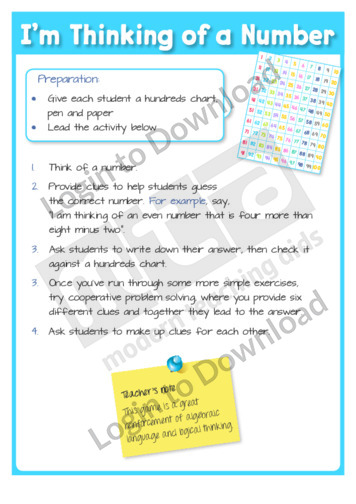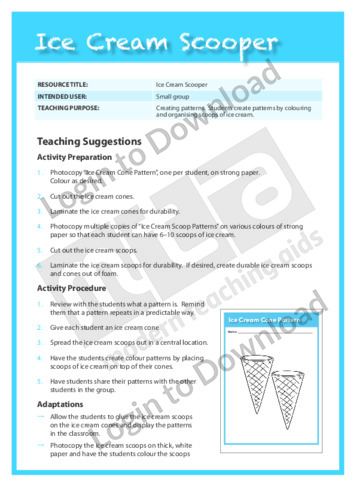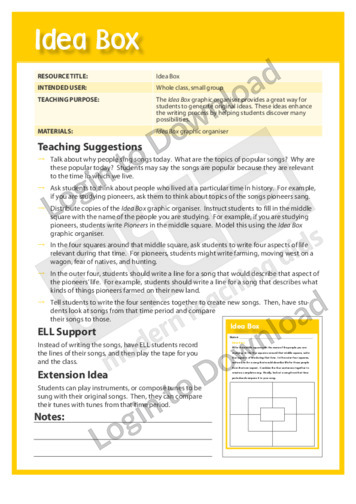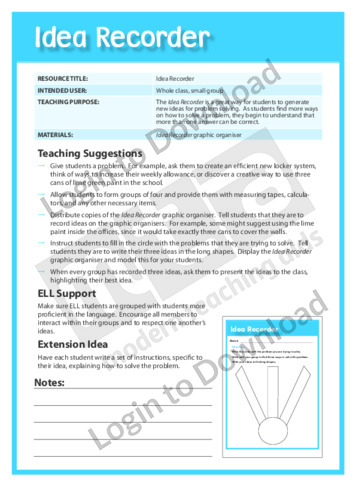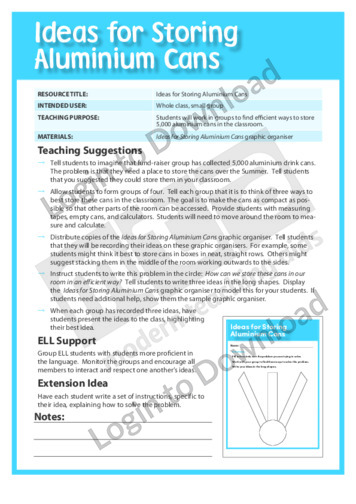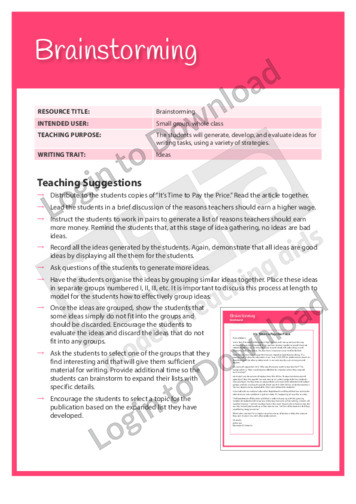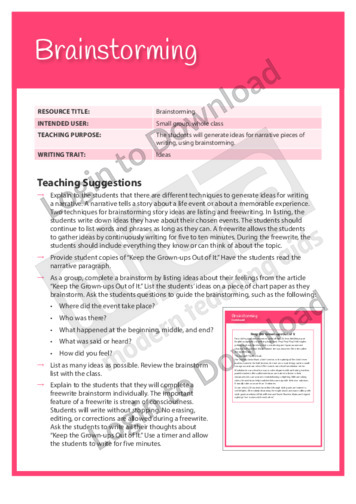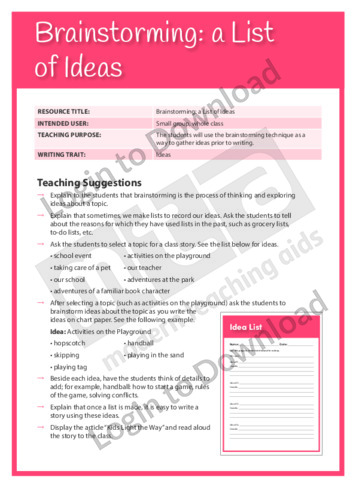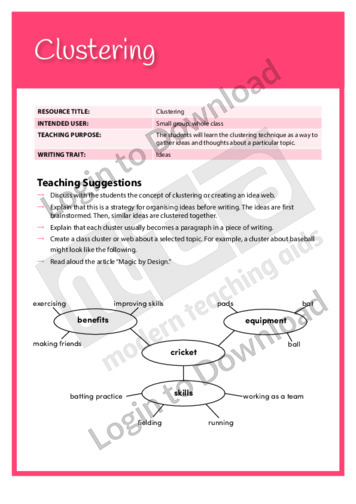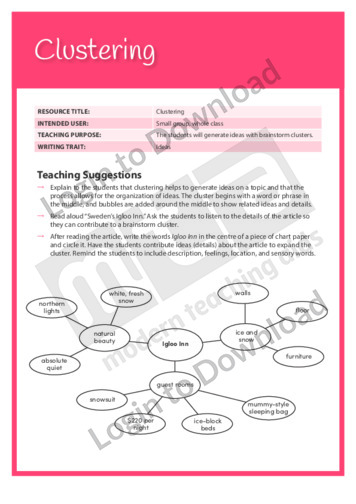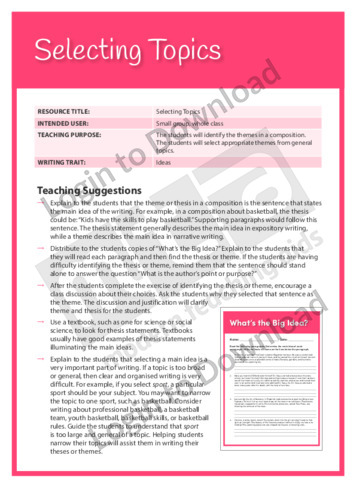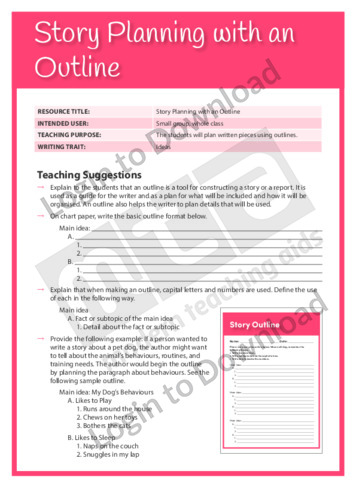This maths activity, ‘Higher, Lower Addition Sort’ develops basic maths skills by encouraging students to practise place value, as part of a game played in small groups with dominoes. It includes a higher, lower template to be distributed to students.
This maths activity, ‘Highest Number Wins’ develops basic maths skills by encouraging students to practise making two-digit numbers as part of a game played in pairs. It includes number cards from 1-10 to be distributed to each pair.
This maths activity, ‘Highest Total’ develops basic maths skills by encouraging students to practise addition as part of a game played in pairs with playing cards.
This maths activity, ‘Highest Total’ develops basic maths skills by encouraging students to practise addition as part of a game played as a class. It includes a large six-sided dot dice template.
This maths activity, ‘Highest Total Wins’ develops basic maths skills by encouraging students to practise addition, as part of a game played in small groups with dominoes.
This maths activity, ‘Highest Wins’ develops basic maths skills by encouraging students to practise addition, as part of a game played in small groups with dominoes.
In this learning activity, ‘Hip Hup Hop’, Gary the Grasshopper needs help to move from one number to another. Students work up and down through multiples of 10 to solve the addition and subtraction problems and record their thinking on an empty number line. An answer sheet is provided and includes teaching notes with suggestions …More
This Readers Theatre activity, ‘History of Aeroplanes’ encourages students to summarise information in the script and retell it in their own words. It also builds reading fluency. This activity includes a script for 4 readers.
In the learning activity, ‘Hitting 100’, students are challenged to visualise 100 and to know what numbers can be joined to make 100. An answer sheet is provided and includes accompanying teaching notes with suggestions for supporting learning and further exploration.
The hands-on activity, ‘Holey Moley’ shows students how they can set up a beanbag golf game. As they work out the layout of their course, they must decide on the distances between the holes and estimate the number of throws (the par) required to reach each hole. They record their results on the learning activity. …More
This vocabulary development activity, ‘Home Sweet Home’ supports vocabulary development by encouraging students to make spinners to learn the types of homes in which different animals live. It is aimed at helping students recognise names of animal homes. It provides animal home spinners.
The learning activity ‘Home Sweet Home’ contains a variety of short problems for students to solve and discuss. The problems engage students in thinking about the strategies they can use to solve problems that involve using a house plan, sharing, enlarging a building, and using coins. An answer sheet is provided and includes teaching notes …More
This word study activity, ‘Homographs’ provides opportunities for practice with identifying the homographs being described.
This spelling activity, ‘Homophones’ provides opportunities for practice with identifying the correct homophone for the sentences.
This spelling activity, ‘Homophones’ supports vocabulary development by encouraging students to identify the correct homophone to complete the sentences.
This spelling activity, ‘Homophones’ provides opportunities for practice with selecting the correct spelling between two homophones.
This spelling activity, ‘Homophones’ provides opportunities for practice with selecting the correct spelling between two homophones.
This early learning activity, ‘Honey Jar’ provides cut-outs to make stick puppets of animals and items that feature in the accompanying story.
This reading activity, ‘Hopscotch’ supports reading development by encouraging students to practise reading sight words as they hop their way down a hopscotch board. It is aimed at developing students’ awareness of sight words. It provides sight word cards and uppercase alphabet cards.
Under the sea, horse racing means sea horses! The learning activity, ‘Horse Racing’ includes a learning activity in which students race to move their sea horses to the finish line. The game involves using two dice and subtracting the numbers thrown to decide which sea horse to move. This method provides interesting results that students …More
This graphic organiser, ‘Hot Diggity-Dog’ asks students to compare and contrast topics discussed in a text, such as characters, events and vocabulary.
What happens when cold water mixes with hot water? In the learning activity, ‘Hot or Cold’ students use a girl’s experiments to learn about the relationships between water temperatures and quantities. The accompanying teaching notes provide background information about the way different ocean temperatures cause currents to form and affect the Earth’s weather.
In the learning activity, ‘Hot Stuff!’, students are challenged to find fractions of a whole and to add whole numbers and fractions. An answer sheet is provided and includes accompanying teaching notes with suggestions for supporting learning and further exploration.
This Readers Theatre activity, ‘How Did They Do it?’ encourages students to determine problems and solutions located in the content of a script. It also builds reading fluency. This activity includes a script for 5 readers.
This graphic organiser, ‘How Do the Rhymes End?’ supports students in creating lists of rhyming words with common endings.
This vocabulary activity, ‘How Does Nature Help Us?’ supports vocabulary development by encouraging students to identify the correct noun in context.
How Many Factors?’ is an independent or paired learning activity that provides students with opportunities to practise identifying the factors of 2-digit numbers. This in turn supports mental strategies they can use for division and multiplication. An answer sheet is provided and includes teaching notes with suggestions for supporting learning and further exploration.
This maths activity, ‘How Many to 100?’ develops basic maths skills by encouraging students to practise place value, as part of a game played in pairs. It includes a hundreds chart and six-sided dot and numeral dice templates to be distributed to the class.
This sequencing activity, ‘How Many?’ develops comprehension through sequencing images about counting and understanding numbers.
This learning activity, ‘How Old?’, uses students’ knowledge of “-teen” and “-ty” numbers. Students complete a table showing numbers as words and as numerals and splitting the numbers into tens and ones. An answer sheet is provided and includes teaching notes with suggestions for supporting learning and further exploration.
The delightful activity, ‘How Slow Can You Go?’ asks students to compare the speeds of some slow-moving creatures. Students use information about distance, time, and speed to solve the problems posed. This activity includes comprehensive teaching notes to be read before beginning the activity with students, as they feature useful background information and suggestions for …More
This written language activity, ‘How We Communicate’ supports language development by encouraging students to recognise that there can be many cultures and languages in one country, and many ways to communicate, including through spoken or written words.
This maths activity, ‘Human Number Line’ develops basic maths skills by encouraging students to practise counting in ascending and descending order, and in odds and evens, as part of a game played as a class. It includes a set of numeral cards from 1-20.
This maths activity, ‘Hundreds Chart Riddles’ develops basic maths skills by encouraging students to practise addition, subtraction, multiplication and division as part of a game. It includes a hundreds chart and counters to be distributed to the class.
This phonemic awareness activity, ‘I Can Say’ supports language development by encouraging students to segment and blend the sounds of a CVC word by using a familiar tune. It is aimed at developing students’ awareness of sound segmentation and sound blending. It provides a song chart and a word family list.
This maths activity, ‘I Have, Who Has?’ develops basic maths skills by encouraging students to practise number recognition, as part of a game played in pairs or small groups with dominoes.
This maths activity, ‘I Love Maths’ develops basic maths skills by encouraging students to practise adding and understanding of odd and even numbers as part of a game played in pairs.
This graphic organiser, ‘I Need a Voice’ ask students to identify the correct tone of voice needed to read a piece of literature.
This graphic organiser, ‘I Need a Voice for News’ asks students to identify the correct tone of voice that should be used when reading sentences found in different news articles.
This graphic organiser, ‘I Scream, You Scream’ allows students to sort information into groups, based on different types of weather conditions and seasons.
This graphic organiser, ‘I Scream, You Scream for Changes in Seasons’ allows students to sort information into groups, based on different seasons.
This phonemic awareness activity, ‘I Spy’ supports language development by encouraging students to listen to words pronounced by sounds and respond by saying the words with the sounds blended. It is aimed at developing students’ awareness of sound blending. It provides picture cards.
This graphic organiser, ‘I Spy A Word’ asks students to use their dictionary skills to find the definitions of new vocabulary words.
This graphic organiser, ‘I Spy A Word for Squids’ asks students to find unfamiliar vocabulary words as they read Squids Will Be Squids by Jon Scieszka and then use a dictionary to define those words.
This maths activity, ‘I Wish I Had’ develops basic maths skills by encouraging students to practise addition and subtraction as part of a ten-frame game played in pairs. It includes ten frame templates to be distributed to each pair.
This reading activity, ‘I’m Going on a Trip’ supports reading development by encouraging students to name items that begin with a designated letter on a card for a trip they are planning. It is aimed at developing students’ awareness of letter-sound associations. It provides uppercase alphabet cards.
This maths activity, ‘I’m Thinking of a Number’ develops basic maths skills by encouraging students to practise addition and subtraction as part of a game. It includes a hundreds chart template to be distributed to the class.
This maths activity, ‘Ice Cream Scooper’ develops basic maths skills by encouraging students to create patterns using ice cream scoops. It is aimed at developing students’ awareness of basic patterns. It provides an ice-cream cone template and an ice-cream scoop template.
This graphic organiser, ‘Idea Box’ helps students to generate original ideas to enhance their writing.
This graphic organiser, ‘Idea Recorder’ helps students generate new ideas for problem solving.
This graphic organiser, ‘Ideas for Storing Aluminium Cans’ asks students to work in groups to find efficient ways to store 5000 cans in the classroom.
This Writing Traits activity ‘Brainstorming’ encourages students to generate, develop, and evaluate ideas for writing tasks.
This Writing Traits activity ‘Brainstorming’ encourages students to generate ideas for narrative pieces of writing.
This Writing Traits activity ‘Brainstorming’ encourages students to use the brainstorming technique as a way to gather ideas prior to writing.
This Writing Traits activity ‘Clustering’ encourages students to gather ideas and thoughts about a topic.
This Writing Traits activity ‘Clustering’ encourages students to generate, select, and organise ideas for a writing task.
This Writing Traits activity ‘Clustering’ encourages students to generate ideas with brainstorm clusters.
This Writing Traits activity ‘Selecting Topics’ encourages students to identify the themes in a composition.
This Writing Traits activity ‘Story Planning with an Outline’ encourages students to plan written pieces using outlines.
It�s that easy!

